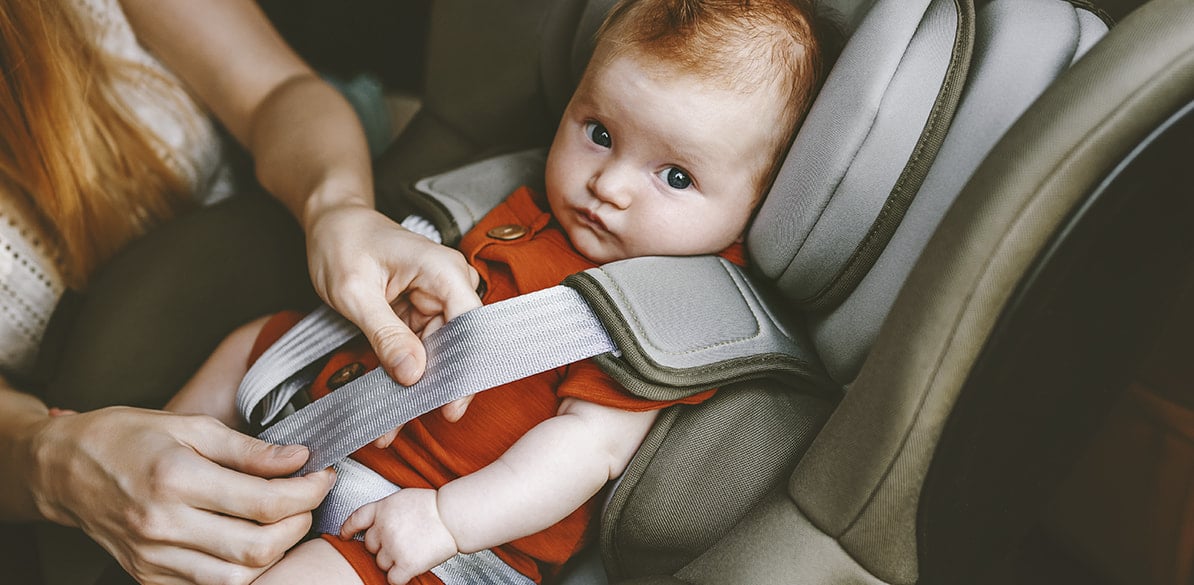Can ISOFIX anchorages break?

Road Safety
On many occasions, we have discussed the importance of completely reviewing or even replacing the child restraint system in the event of a traffic accident. Even though they do not necessarily appear to be damaged, both the child car seat and the anchorages can indeed be compromised although it is not discernible to the naked eye. The car’s ISOFIX anchorages should be checked, as should the seat belts, given that since they have been involved in an accident, they could have been damaged, particularly in the event of a serious road traffic accident.
Speed and weight are two important factors to be taken into account. Please remember that the weight of objects and people is multiplied in accordance with the speed at which you are travelling and the kind of collision.For example, at 60 km/h, a child’s weight can be multiplied by 56. A child that weighs 12 kg can weigh up to 672 kg at the moment of the collision.
ISOFIX anchorages are designed to react to extreme speeds. The anchorages are welded onto the vehicle’s chassis and they can withstand far more than the child seat itself. Nevertheless, nothing is foolproof and it is advisable to have them checked by experts in dealing with these types of anchors before using them again if they were tethering a car seat with a child in it at the moment of impact.Manufacturers recommend having the child car seat checked if it has been involved in a collision at a speed over 10-20 km/h. Ideally, the anchorages should also be checked, by taking the vehicle to its manufacturer.
Please remember that the main purpose of ISOFIX anchorages is precisely to avoid errors when installing child seats, something that often happens when using seat belts. A correct anchorage is extremely important. Without it, the main purpose of the child car seat is lost and it would fail to protect the child, as it would not be holding the CRS, and therefore the child, in place. Its use is so important thatit is compulsory for all vehicles manufactured since February 2013 to incorporate this type of anchorage for at least two seats.
ISOFIX anchorages can withstand the retention strength required by a mass of up to 37 kg, as specified in ISO standard 1326-1.Therefore, in non-integrated seats, the seat belt must also hold children (Groups 2 and 3).
There is no need to calculate how much weight the ISOFIX anchorages can support given that we should always be guided by the instructions of the child car seat in question.It is up to the manufacturers to determine to what extent an ISOFIX anchorage can carry the weight of the child car seat and that of the child. For this reason, it is also very important to replace the CRS when the child exceeds the established maximum weight limit:the child will not be as well-protected because he or she will not be in a car seat adapted to his or her weight and height. Furthermore, the ISOFIX anchorages may no longer be able to restrain the child and it may be necessary to use a combined anchorages system or directly use a seat belt.
